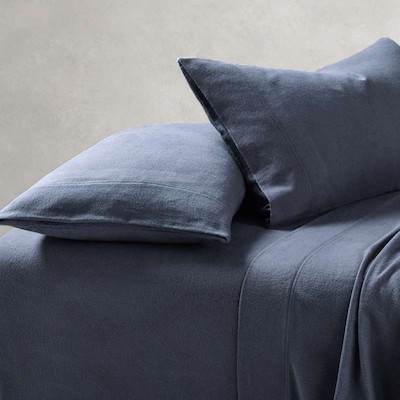Bed Sheets
-
September 19, 2020
A good day always starts the night before, with an honest night’s sleep. We all know an evening of tossing and turning is closely followed by a coffee fuelled day, nodding off at the table and heading back to bed before the sun even sets.
-
September 11, 2020
Clean, fresh, 100% cotton sheets are the right end to any long day. But pure cotton sheets do tend to urge wrinkles, especially when new. Hotel often use sheets made from cotton and polyester, which makes them less wrinkly, but they only don’t feel as nice as smooth, soft, cotton percale sheets. So, what to do?
If you'll get past the unsightly look, you'll do nothing. Your body will place tension on the sheets as you sleep and they’ll be a touch less wrinkly subsequent day. You could, of course, iron them. But, let’s face it, few folks enjoy the task, and who even has the time? Or you can follow our tips below to urge your crisp cotton sheets looking less wrinkled, without an iron in view
-
September 07, 2020
There are three factors that determine the standard and feel of a sheet: The fiber from which it's made, how the material is woven, and therefore the thread count. When evaluating a group , search for these three key pieces of data and use it to seek out the simplest sheet for you.
-
August 25, 2020
Bed Sheets
A sheet may be a rectangular piece of fabric used either singly or during a pair as bedding being placed immediately below or above bed occupants. A top sheet, within the many countries where they're used, may be a flat sheet, immediately under which bed occupants lie. A bottom sheet is laid above the mattress and bed occupants lie thereon . A bottom sheet could also be either a flat sheet, or a contour sheet , which has been sewn to make an outsized pocket round the top, sides and bottom fringe of a mattress, with elastic or a drawstring within the hem to prevent it slipping off rock bottom of the mattress. Blankets, quilts, duvets, comforters and other bed covers are laid over the highest sheet.



